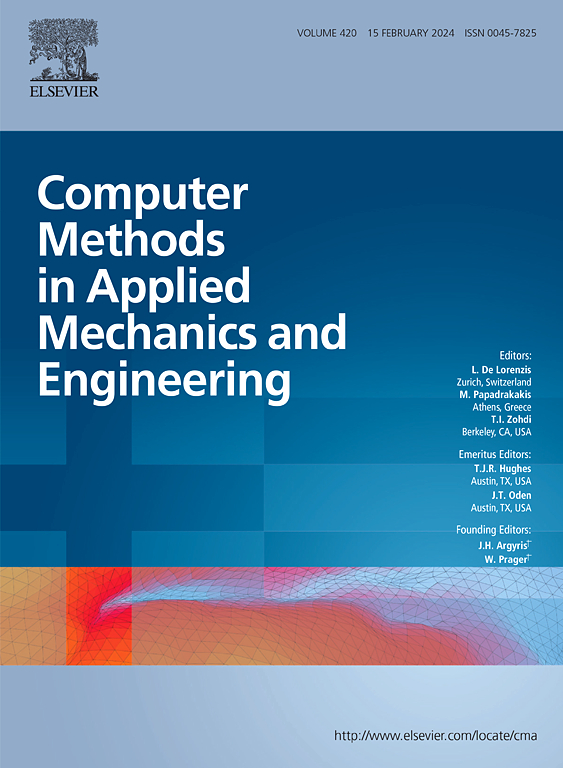A new paradigm for hybrid reliability-based design optimization: From β-circle to β-cylinder
IF 6.9
1区 工程技术
Q1 ENGINEERING, MULTIDISCIPLINARY
Computer Methods in Applied Mechanics and Engineering
Pub Date : 2025-03-29
DOI:10.1016/j.cma.2025.117954
引用次数: 0
Abstract
A new paradigm for hybrid reliability-based design optimization (HRBDO) is proposed. The key innovation lies in expanding the traditional β-circle into a β-cylinder along the interval dimensions, integrating both random and interval dimensional information. Building upon this theoretical foundation, a novel interval-based dimensional expansion β-cylinder active learning (IBAL) method is proposed, transforming the complex double-loop reliability calculation into an efficient single-loop process. The method employs Kriging models to replace expensive physical responses. Unlike traditional sampling techniques, the IBAL method focuses exclusively on predicted means and deviations on the β-cylinder to guide the Kriging models of performance functions, efficiently identifying the Most Probable Point (MPP). This approach effectively addresses challenges including interval dimensions nonlinearity, multiple extreme points, and multiple MPPs. In HRBDO, the method incorporates an active constraint screening (ACS) mechanism and an MPP objective function isosurface active learning (MIAL) method to enhance computational efficiency and avoid convergence to local optima. The effectiveness of the proposed method is validated through four mathematical examples and one engineering case study.
求助全文
约1分钟内获得全文
求助全文
来源期刊
CiteScore
12.70
自引率
15.30%
发文量
719
审稿时长
44 days
期刊介绍:
Computer Methods in Applied Mechanics and Engineering stands as a cornerstone in the realm of computational science and engineering. With a history spanning over five decades, the journal has been a key platform for disseminating papers on advanced mathematical modeling and numerical solutions. Interdisciplinary in nature, these contributions encompass mechanics, mathematics, computer science, and various scientific disciplines. The journal welcomes a broad range of computational methods addressing the simulation, analysis, and design of complex physical problems, making it a vital resource for researchers in the field.

 求助内容:
求助内容: 应助结果提醒方式:
应助结果提醒方式:


